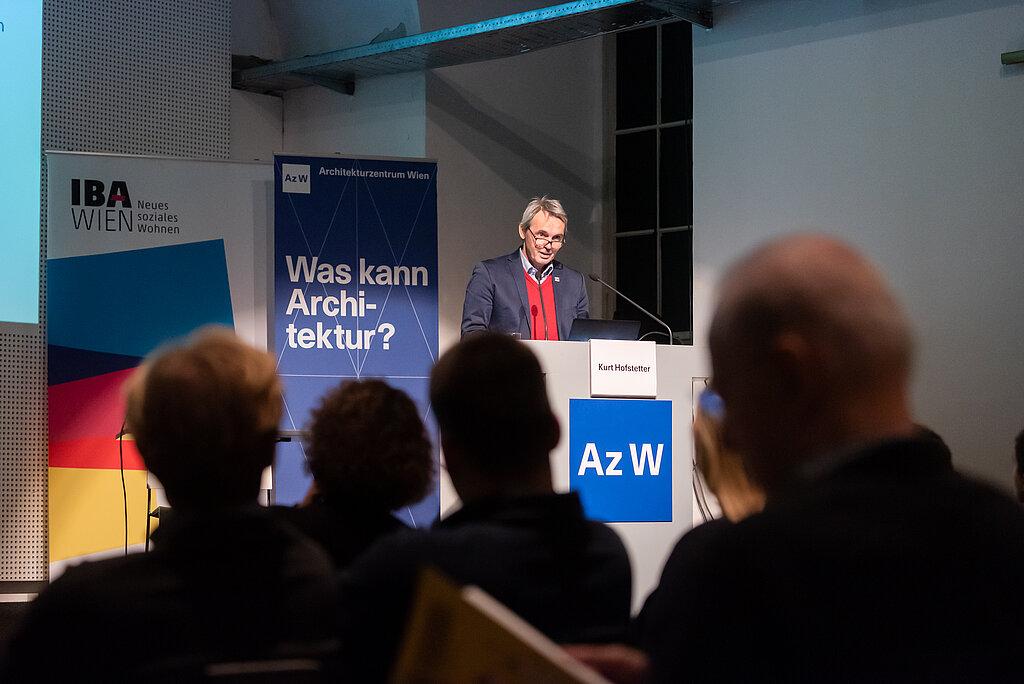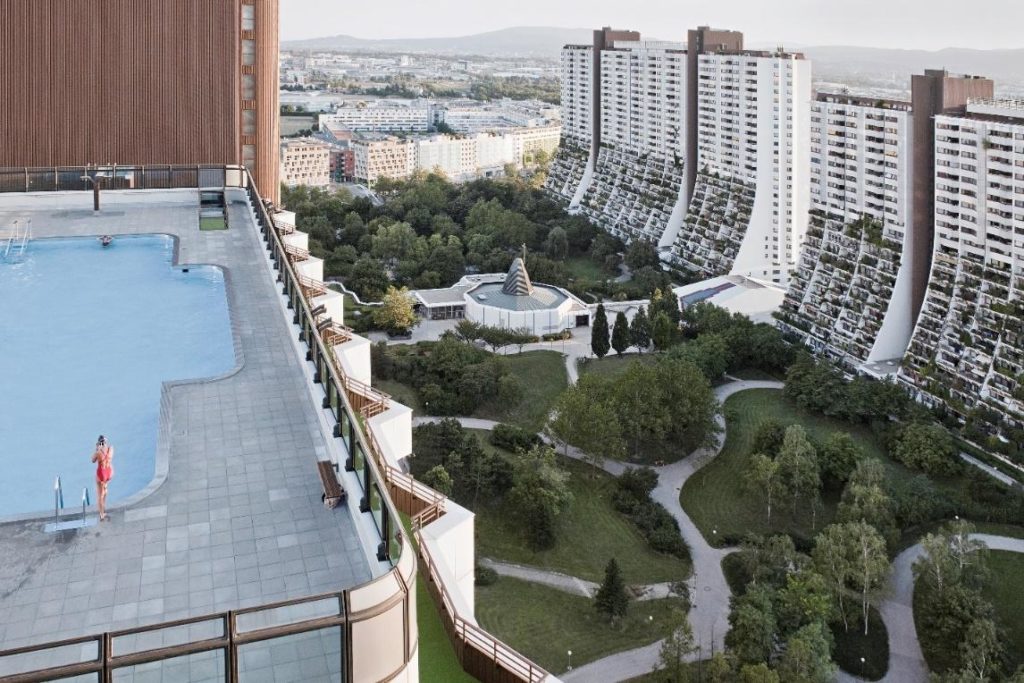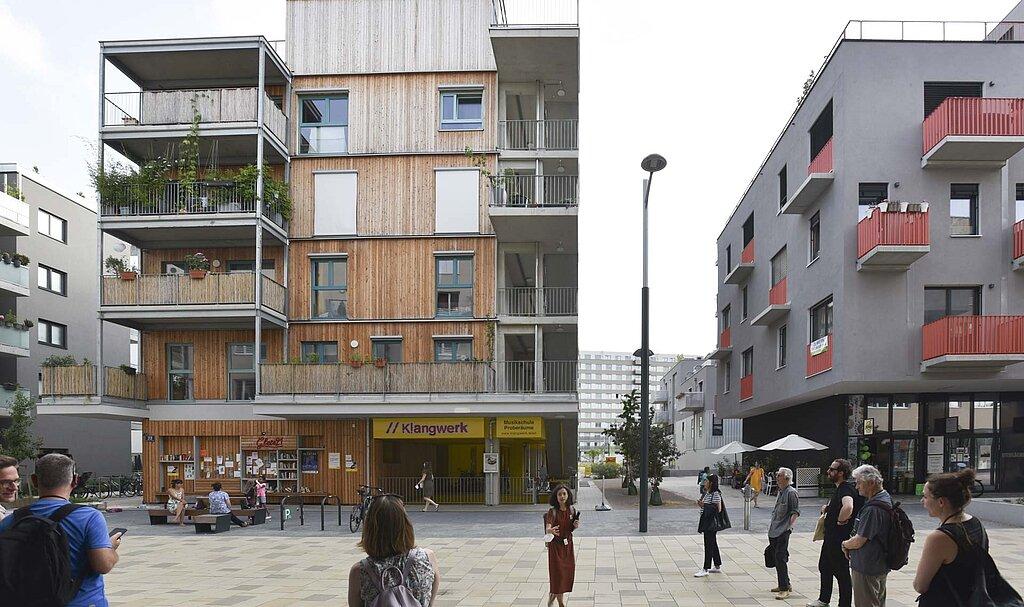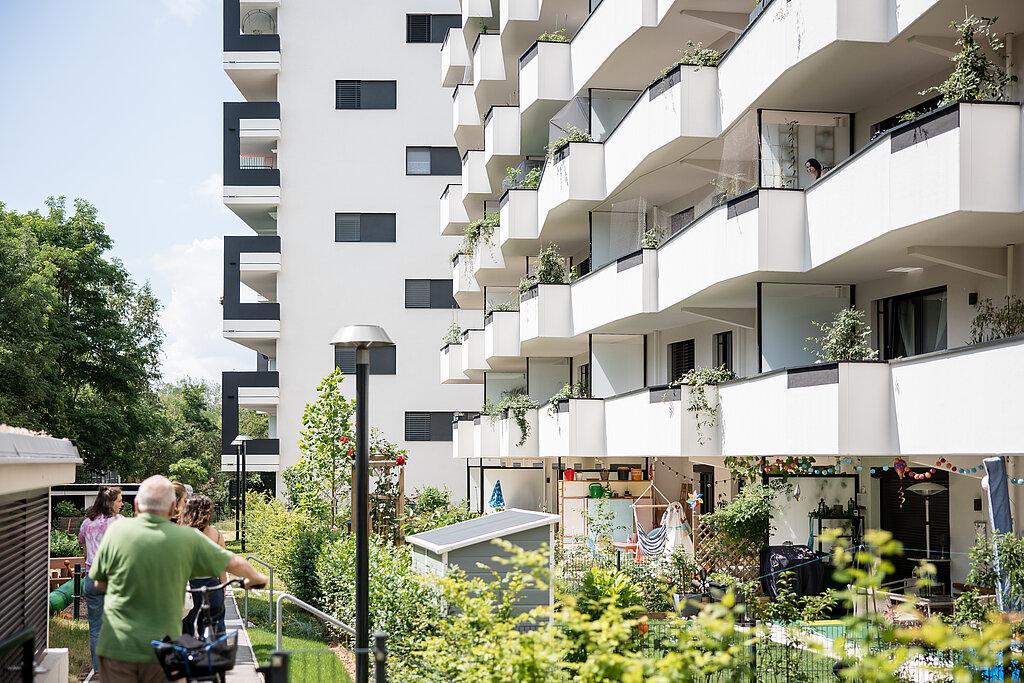


By Kurt Hofstetter
Cities all over Europe are growing, while the economy – and to an increasing extent the population – still struggle with the consequences of the global financial crisis. Therefore, cities must take responsibility to search for new ways to continue to offer affordable and high-quality living space. The need for new residential development naturally applies to Vienna as a leading city in the field of social housing.
For many decades, Vienna has been known for its successful, social housing policy and for the high quality of housing construction and urban renewal. But Vienna’s housing sector is facing major new challenges at the beginning of the 21st century:
The rapid growth of the city, especially in recent years, will cause Vienna’s population to increase to more than 2 million residents in the very near future which corresponds to an increase of roughly 1/3 of the total population in recent decades. This will bring Vienna back to its peak population since the start of the 20th century (the so called Gründerzeit). In response, the City of Vienna has resolved to increase the high level of subsidized new construction which is currently at 9,000 housing units per year – to a total of 13,000 new apartments per year.

The flight to tangible assets such as “concrete gold” has increased real estate prices in Vienna. Incomes are stagnating in large segments of the population, and since the start of the COVID 19 crisis they have actually been falling. With gross rents in Vienna set at a maximum of €7.50 Euro / m² ($0.80 cents/ sq ft USD) the city provides very affordable renting conditions in new municipal apartments. This is especially true with the new SMART housing program which is responsible for up to 50% of the new subsidized housing construction. (SMART apartments are smaller, flexible housing units designed to offer a less expensive housing alternative for young families, couples, single parents, or persons living on their own.)
At the same time Vienna is facing a demographic transformation. On one hand, the population of Vienna is becoming younger. Vienna was traditionally the oldest among the federal states of Austria, but recently became the federal state with youngest average population. On the other hand, the number of elderly and very old people in Vienna is increasing, and their needs have to be taken into consideration too.
Finally, Vienna has been challenged by global events such as the new financial crisis of 2020 and the global refugee movement. Social differences are increasing across Europe. For the City of Vienna, it is highly important to pursue a policy of social inclusion and social mix. The Mayor of Vienna is proud that in the City of Vienna one cannot identify the social status of another person based on one’s address, as is the case in many other cities in the world. And this shall be a central goal of Vienna’s housing policy even under economically difficult conditions.

The challenges of climate change and climate protection to which Austria committed itself in Paris in 2015, are at the forefront of housing in Vienna. Highly sustainable energy standards must be continually improved, and housing construction must become more resilient in the face of climate change. Great attention is given to implementing meaningful, innovative, and holistic solutions in order to avoid ending up with high tech innovations that are not financially sustainable, because housing must first and foremost remain affordable. Vienna already has the highest number of multi-story passive houses in Europe and will continue to expand on future-oriented themes in the framework of its smart city activities.
The aim of the IBA Vienna is to stimulate and support smart new developments for the future of social housing and to test their practical implementation. Affordability, secure housing conditions and modern standards for a dignified living environment have at all times shaped these developments. In addition, many questions arise about how to respond to global changes and their effects on us, for example: How do we deal with changing work conditions? How can disadvantaged people be effectively supported? How can a high standard of quality be guaranteed when prices for land and construction are rising, and people are under pressure? How do cities contribute to protecting our living environment? And how do we adapt to the already noticeable effects of climate change? How can living together be designed and organized in a sustainable way? In other words: How will we live tomorrow?

By 2022, a total of more than 100 innovative projects and processes will be implemented in nine neighborhoods and at 15 separate locations, in selected areas of the urban development and the built city. New models and processes in connection with issues of social housing are being tested to make Vienna fit for the demands of the future: Affordability, mobility, living together and healthy living & working are the focus of the International Building Exhibition “IBA Vienna 2022”.A seven-week exhibition for the interim presentation of the IBA Vienna took place in autumn 2020. For the first time, this exhibition provided a complete overview of the selected projects and measures and offered a workshop-like insight into their current stages of development. In some cases, they act as individual projects, while the majority, in cooperation with others, make active contributions to sustainable and comprehensive neighborhood development. Each of them contributes to society and is not an end in itself. What they all have in common is that they are currently being implemented or finished. And by the time of the IBA Vienna’s final presentation in 2022, most of the projects shown here will have been completed.
